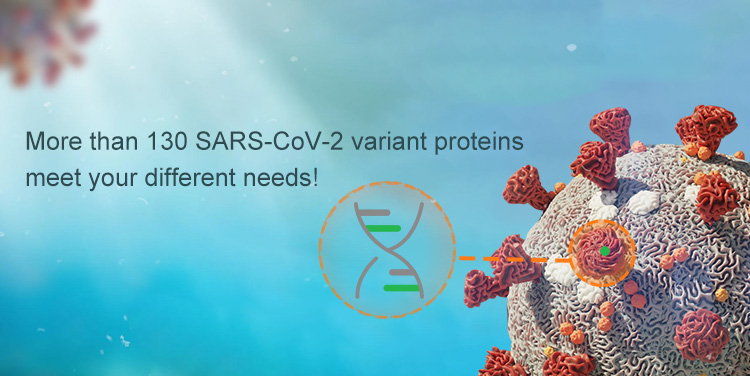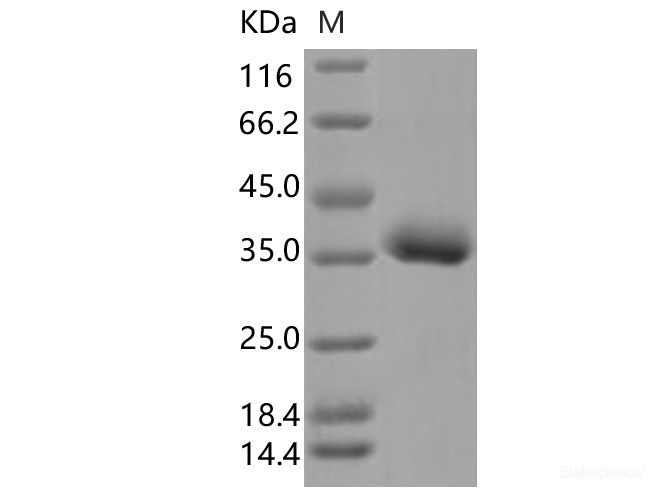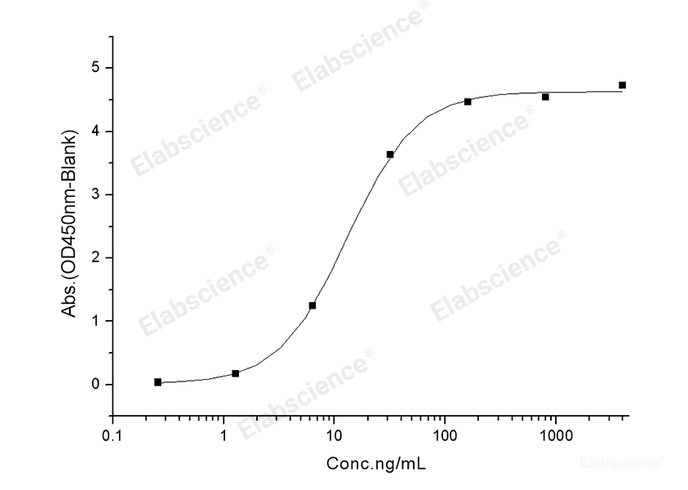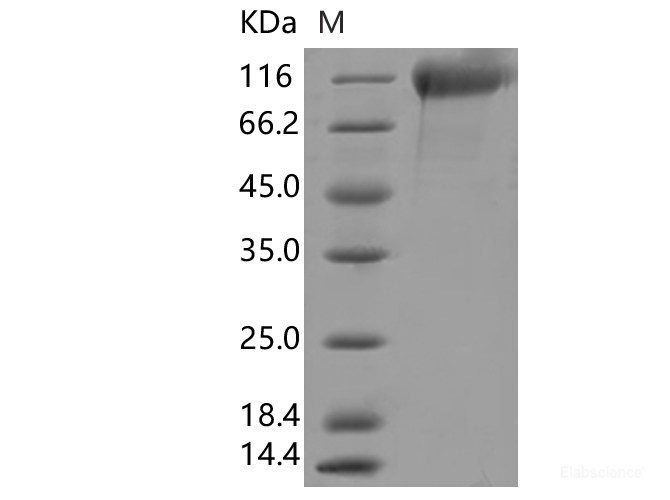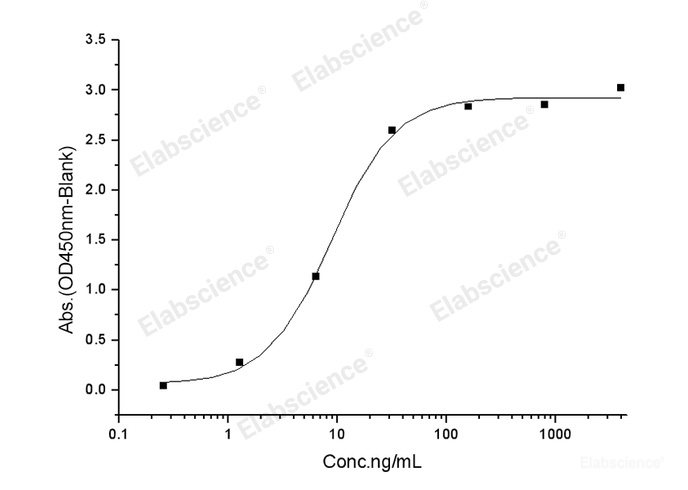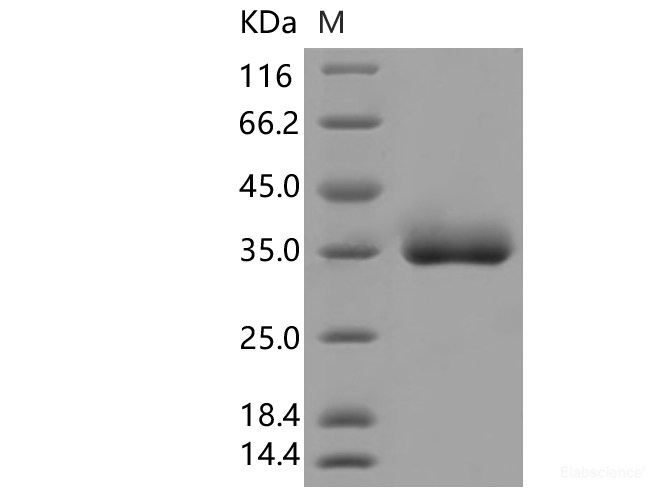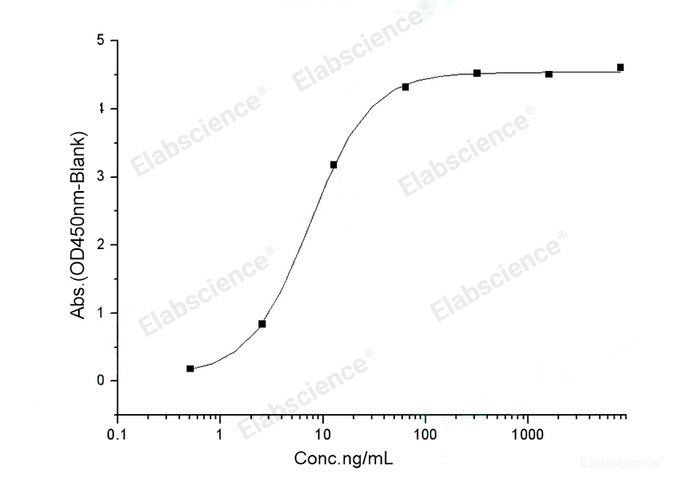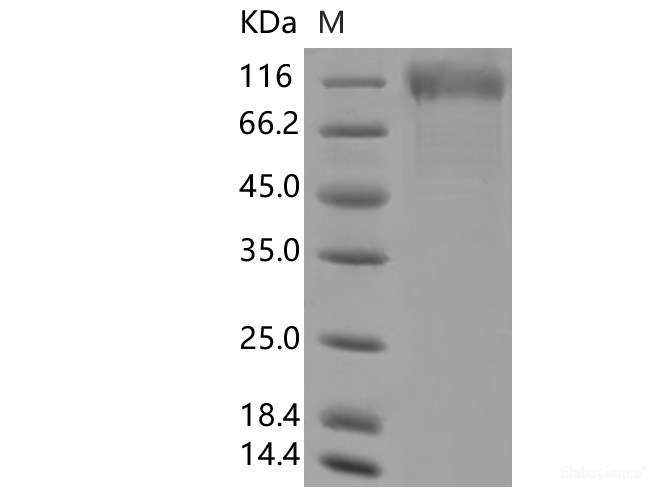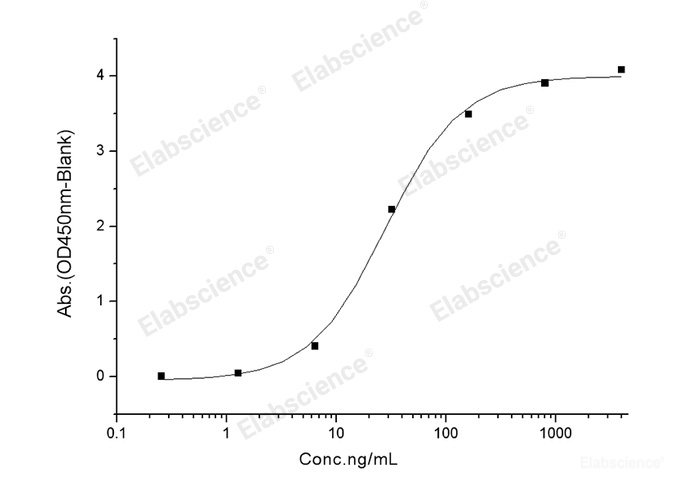The rapid escalation of the epidemic in India caught people off guard. Compared with the rebound of the epidemic in other countries, the epidemic in India swept across the country at a faster speed.
Scientists believe that a new variant B. 1617 with a double mutation may be responsible for the recent surge in cases in India.
It has spread in Japan, United States, Brazil and Germany, and there is no evidence of increased transmission and pathogenicity. Three characteristic mutations, K417N, E484K and N501Y were found in RBD region. Due to the presence of E484K in RBD region, scientists are worried that it may have immune escape.
The study shows that the transmission capacity of the disease increases by about 50%, but there is no evidence to prove the increase of pathogenicity. E484k is found in RBD region, which is considered to be the main reason for the decrease of neutralization activity of neutralization antibody.
Also known as CAL.20C, researchers at cedars Sinai Medical Center first observed it in California in July 2020. Recently, it has appeared in other countries, such as Australia. The mutation may be more transmissible, and the data show that it accounts for most of the cases isolated in California. Its characteristic mutation includes L452R, which can reduce the sensitivity to neutralizing antibody. More studies are needed on this mutation.
It was found in the UK first, and the research shows that its communication power has increased by more than 30%. Davies team modeled the data from three regions of the UK and estimated that the transmissibility of the mutant was 56% higher than that of the previous mutants. There were 10 characteristic mutations in Spike and 2 characteristic mutations in NP.Since spike protein is the main target of vaccine development and therapeutic antibody development, whether these mutations will produce antibody escape and reduce the efficacy of vaccines and antibody drugs has become the focus of scientists.
Scientists have found that a SARS-CoV-2 mutant form in Denmark which was previously found in minks. This mutant virus appears to have spread from animals to humans in Denmark. Experts said that the virus invade different biological systems will lead to different types of mutation, once the virus passed from animals to people, it is easy to have problems, this mutation may threaten the effectiveness of any vaccine in the future.
It has spread in Japan, United States, Brazil and Germany, and there is no evidence of increased transmission and pathogenicity. Three characteristic mutations, K417N, E484K and N501Y were found in RBD region. Due to the presence of E484K in RBD region, scientists are worried that it may have immune escape.

